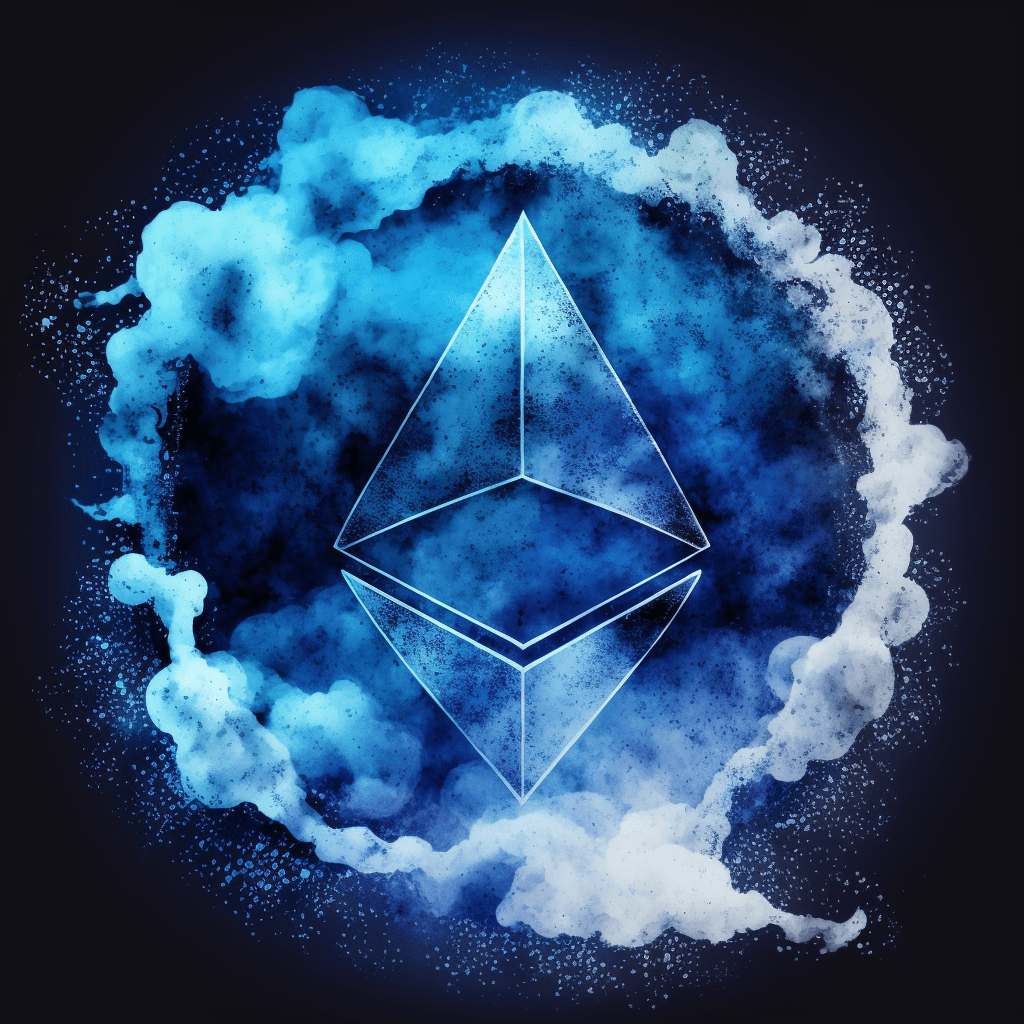The world of Non-Fungible Tokens (NFTs) has taken the digital art, collectibles, and gaming industries by storm. As more creators, artists, and entrepreneurs enter the NFT space, they often wonder, “how much does it cost to create an NFT collection?” In this article, we’ll compare the costs associated with various NFT collection platforms to help you make an informed decision about where to mint, sell, and manage your digital creations.
Ethereum-Based Platforms

Ethereum is the most popular blockchain for NFTs, and several platforms built on it facilitate the creation, sale, and management of NFT collections. Here, we’ll look at the costs associated with some of the most prominent Ethereum-based platforms.
OpenSea
OpenSea is the largest NFT marketplace on the Ethereum blockchain, and it’s become the go-to platform for many creators. To create an NFT collection on OpenSea, you’ll need to pay a one-time “storefront” fee, which is also known as a “gas fee.” This fee is required for any on-chain transaction on Ethereum and can fluctuate depending on network congestion.
Gas fees are denominated in Ether (ETH) and can range anywhere from $50 to $150, depending on the current gas prices. Once you’ve paid the storefront fee, you can create and mint NFTs on OpenSea without incurring any additional gas fees. However, keep in mind that when you sell an NFT, OpenSea will charge a 2.5% commission on the sale.
Rarible
Rarible is another popular Ethereum-based NFT marketplace, which allows creators to mint, sell, and manage NFT collections. Minting an NFT on Rarible requires paying a gas fee, which, like on OpenSea, can vary depending on the network congestion.
In addition to the gas fee, Rarible charges a service fee of 2.5% on each sale. Unlike OpenSea, Rarible doesn’t have a one-time storefront fee, but you’ll need to pay gas fees each time you mint a new NFT.
Foundation
Foundation is a curated NFT marketplace that focuses on high-quality digital art. To create an NFT collection on Foundation, you must first receive an invitation from an existing user or apply for an artist account.
Foundation’s pricing structure is different from both OpenSea and Rarible. While there is no upfront cost to create a collection on the platform, Foundation charges a 15% commission on sales, which is significantly higher than other platforms. However, Foundation covers the gas fees associated with minting and selling NFTs, so creators don’t need to worry about the fluctuating Ethereum gas prices.
Non-Ethereum Platforms

While Ethereum-based platforms are the most popular, some creators may prefer to explore alternative blockchains with lower fees and faster transaction times. Let’s dive into a few popular non-Ethereum platforms for NFT collections.
Binance Smart Chain (BSC) Platforms
Binance Smart Chain (BSC) is a popular alternative to Ethereum for NFT creators due to its lower fees and faster transaction times. Some notable BSC-based NFT platforms include:
BakerySwap
BakerySwap is a decentralized exchange and NFT marketplace built on the Binance Smart Chain. The platform allows users to create NFT collections without the high gas fees associated with Ethereum. The cost of minting an NFT on BakerySwap is around $1-$5 in Binance Coin (BNB), depending on network congestion. BakerySwap charges a 2.5% commission on sales, similar to OpenSea and Rarible. However, the significantly lower gas fees make it an attractive platform for those looking to create an NFT collection without spending a fortune on transaction costs.
TreasureLand
TreasureLand is another BSC-based platform that’s been gaining traction in the NFT space. It’s a decentralized NFT trading platform that supports multiple formats of NFTs, including art, games, and virtual real estate. Minting an NFT on TreasureLand costs around $1-$5 in BNB, similar to BakerySwap. The platform charges a 1% commission on sales, which is one of the lowest in the market.
Flow Blockchain Platforms

Flow blockchain, developed by Dapper Labs, the creators of CryptoKitties and NBA Top Shot, is another robust platform for creating NFT collections. With no gas fees and a user-friendly interface, it’s a viable option for many creators.
NBA Top Shot
NBA Top Shot is an NFT platform where users can buy, sell, and trade officially licensed NBA collectible highlights. As a creator, you cannot mint your own NFTs on NBA Top Shot. However, it’s a good example of a platform with minimal fees. Users only pay for the cost of the collectibles and a small transaction fee on sales.
VIV3
VIV3 is a general marketplace on the Flow blockchain where creators can mint and sell NFTs. The platform does not charge any fee for minting NFTs. However, there’s a 10% commission on sales, which is on the higher side compared to other platforms.
The costs associated with creating an NFT collection can vary significantly from one platform to another. When considering “how much does it cost to create an NFT collection,” it’s essential to consider not just the upfront costs, but also transaction fees, commission on sales, and potential exposure and audience reach each platform can provide.
Final Considerations
Deciding where to create your NFT collection is a crucial step in your journey as a digital creator. While costs are an important consideration, it’s also important to consider other factors such as the platform’s audience, the user interface, the level of support and resources available, and the overall reputation of the platform. Whether you choose an Ethereum-based platform, a Binance Smart Chain platform, or a Flow Blockchain platform, make sure it aligns with your needs, budget, and aspirations as a creator.
